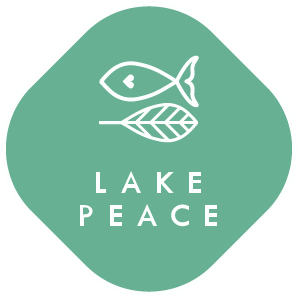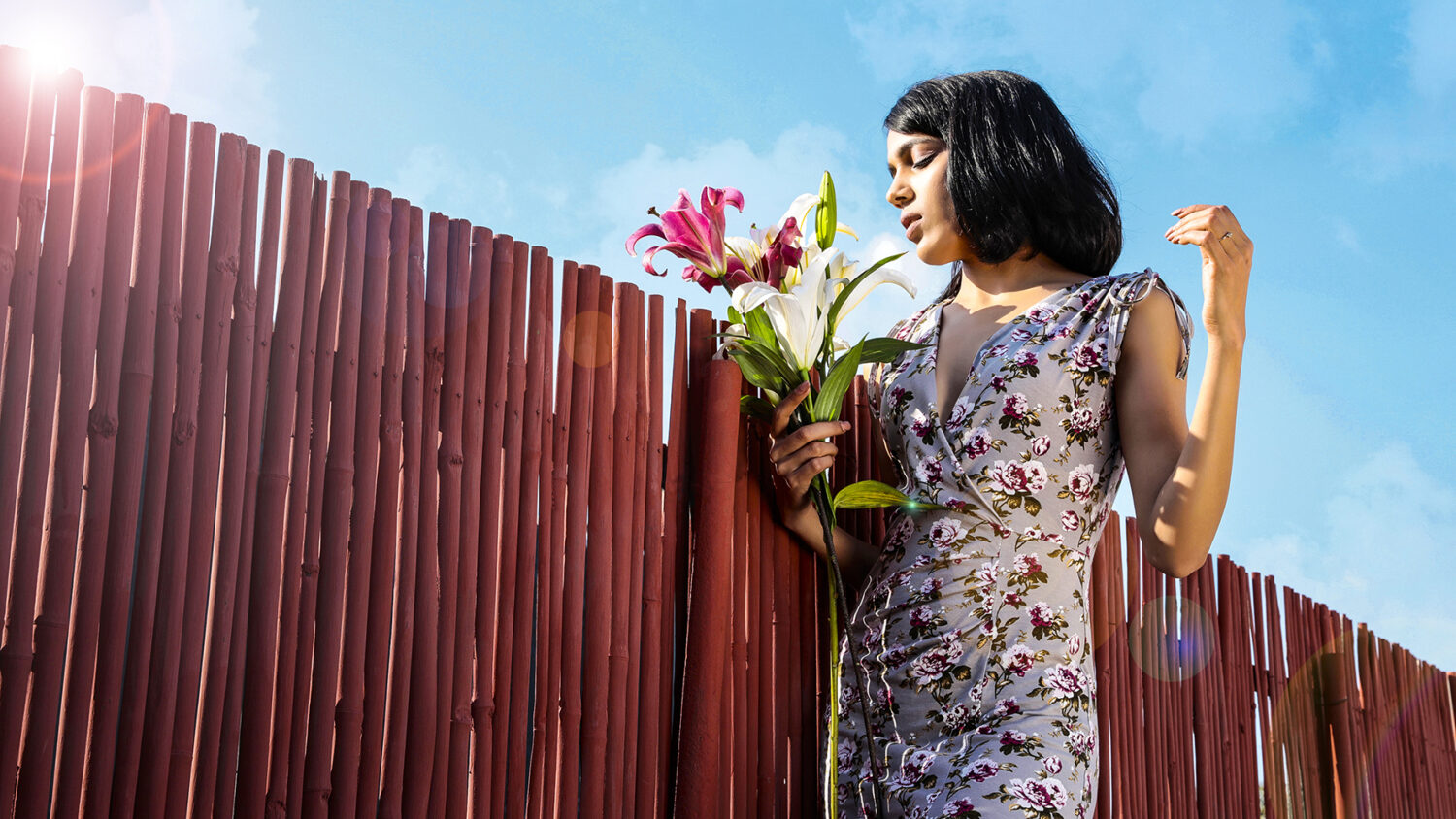Uncategorized
Demystifying Vegan Clothing
So you thought Veganism equals eating a plant-based diet? Just when you thought you had Veganism figured out, now there is even Vegan clothing! Here you thought ditching your leather shoes for Canvas or Polyurethane ones was enough! Don’t worry. You are not alone in the confusion. Let’s begin with the basics first. So what is Vegan Clothing? Well, easy. Vegan clothing is clothing created without the abuse, exploitation or killing of non-human animals. It is the tangible extension of recognizing non-human animals for the beautiful, intelligent & emotional beings they are & not as resources to be exploited for our vanity. Pretty much like any other vegan food or accessory. Was that hard?
Then why don’t you know hear more about it? For starters, there aren’t many commercial Vegan fashion brands.Veganism is growing but not yet mainstream. Quite understandably, for most vegans figuring out their food choices becomes a priority as they slip into the vegan lifestyle. So you’ll see and hear more about Vegan alternatives to meat and dairy than to a silk saree or cashmere. For some Veganism may start and end on their dinner table. Shifting into a new lifestyle or way of thinking can be exhausting since it makes us question and alter habits and beliefs built over a lifetime- in every sphere of our life. For many vegans, a good number of years are spent figuring out and balancing our nutrition, health and palate on a vegan diet. More often than not, we do not even check what a piece of garment is made of, as long as it looks good and is comfortable. A lot of what we may wear may have extremely cruel origins. You will be surprised to learn how many pieces of clothing you thought were pretty ususal actually contain animal derived materials, either in form of fabrics or trims. Here’s a quick list of the fabrics/ trims to stay away from for a cruelty-free and vegan shopping experience, along with where they may be found in your clothing:
- Leather (hide of cattle, goat, sheep, crocodile, elephant, snakes or other animals)– Jackets, overcoats, pants, dresses, skirts, patches on denim trousers, gloves, hats, belts
- Wool (protective fleece of sheep or yak)- Winterwear such as sweaters, shawls, suiting material
- Fur (thick hair growth of animals such as mink, fox, beavers, rabbit or other animals)- Coats, Overcoats, Linings of Coats, Wraps
- Silk (extracted by boiling silkworm cocoons)- Men’s suiting, linings of expensive suits, Indian silk sarees, pure georgette or chiffon sarees or suits, scarves & stoles, men’s ties, cravats, high end silk satin/ chiffon/ georgette tops & dresses
- Cashmere/ Pashmina (from fleece of the Tibetan Mountain Goat who are exploited constantly & eventually killed)– Shawls, Scarves & Stoles
- Shahtoosh (from the fleece of Tibetan Chiru Antelopes which are trapped, killed & skinned)– Shawls, Scarves & Stoles
- Suede (from various animal skins)– Jackets, Gloves, Belts
- Down (feathers plucked from the underbelly of live geese and ducks)– As padding or insulation in Winter Coats & Jackets
- Angora (wool from Angora rabbits)– Sweaters, Scarves, Mittens, Hats
- Mohair (hair fibre of Angora goat)– Sweaters, Suits, Socks, Scarves, Coats
There are so many other ways vegan fabrics or trims may sneak into your garments- as silk linings, button made of bones, shell or horn, in leather or silk edgings or piping, as invisible from outside down filling in jackets, as silk thread embroidery, feather/ pearl embellishments and as animal derived dyes/ pigments…believe me it’s a long list. Tragic but true! And all for a piece of clothing which let’s be honest will be out of our wardrobe and into the bin or donation box in 3 years ( every optimistic figure) or less if worn regularly or as in case of expensive silk sarees or fine pashminas taken out only for special occasions. You may ask then how does one ensure what you are buying is vegan? Easy. Either buy from exclusively vegan clothing brands like Lake Peace or learn to observe and read the garment composition labels closely. By law, a piece of clothing must clearly mention its fibre composition on a small label stitched on the inside of every garment. That helps clear the question about what fabric is the garment made up of. Then move on to observing the trims- the buttons, patches, tags or embellishments- touch and feel is good way to access. Don’t be afraid to ask for help at the store or drop a mail to the brand when in doubt. You’ll find that it is smaller than the effort you put into reading the fine print on the packaged food and let’s admit it, if you could do that, this is hardly anything!
Luckily for us, there is no dearth of cruelty free vegan alternatives most of the above listed fabrics/ trims now & its easier now than probably a decade back to be a stylish vegan. Plant-based fabrics made from cotton, hemp, flax, banana, ramie, bamboo and the more recent ones like mushroom, milkweed, sea algae and apple have proven to be game-changers in pushing the boundaries of cruelty-free and vegan fashion. There are of course synthetic fabrics and films like polyester, nylon, poly-amide, acrylic, polyurethane and the likes which make decent alternatives to non-vegan fabrics but might not necessarily fare high on the sustainability index. Some like lycra have even been a blessing in revolutionizing garment fits. Most of the synthetics fabrics are priced lower compared to plant-based fabrics, making them the favorite child of the fast fashion industry. Synthetic or plant-based fabrics- eventually is a personal choice for a number of reasons- primary being affordability and accessibility. Even if not absolute, we can actively work towards incorporating sustainable fabrics in our personal style and opting for vegan and sustainable brands when upgrading our wardrobes.
At Lake Peace, we do not use leather, fur, silk, wool, suede, down or any animal derived raw materials like mother of pearl, shell, feathers or animal bone trimmings to make our clothes. In fact, we’ve gone a step ahead & use only plant-based fabrics which cause minimal ecological damage. Healthier ecosystems translate into better life for animals living in them. We’re also working on some fantastic plant based alternatives to popular animal derived clothing and constantly upgrading our knowledge. We are a home-grown vegan owned 100% vegan fashion brand and all our clothing is proudly made in India.
Cruelty-free conscious living is not just reserved for our food. Why limit our Compassion to our dinner table? What we put over our bodies holds as much relevance as what we put inside them. When you buy vegan, you take away the power from an exploitative & abusive animal agriculture industry and say no to death, misery & abuse of millions of earthlings.
They say that fashion is not just clothes but a statement of who you are. If so, then what is the fashion statement you’ll be making today- one of Compassion or one of Cruelty?

